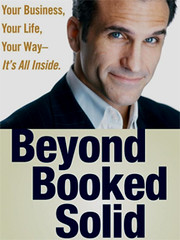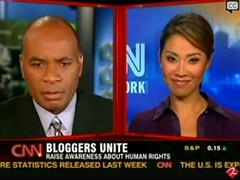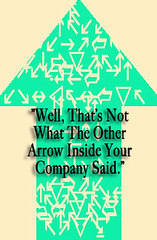On the same day that Merck & Co. agreed to pay a $58 million settlement over the marketing of the painkiller Vioxx, Reps. John Dingell and Bart Stupak called on several drug companies to voluntarily curb advertisements targeting consumers.
"To date, we have not received adequate assurances that the leading pharmaceutical companies share our commitment to providing consumers with accurate information about drug therapies," Dingell, head of the U.S. House of Representatives Energy and Commerce Committee, said in a statement on Tuesday.
The letter, sent to chief executives at Merck & Co. Inc., Pfizer Inc., Johnson & Johnson, and Schering-Plough Corp, asks them to refrain from marketing products to consumers until certain studies are completed. It also calls for a moratorium on new drug advertising.
The letter must have dampened the message from Merck & Co., which maintains that the company “intended to fully comply with relevant regulations.”
"Merck remains committed to communications that help patients and their physicians choose medicines based on accurate, fair and balanced information," said Bruce Kuhlik, executive vice president and general counsel of Merck. "Today's agreement enables Merck to put this matter behind us and focus on what Merck does best, developing new medicines."
As part of Merck & Co.’s settlement, the company is already banned from ghostwriting articles or studies, deceptively using scientific data when marketing to doctors, and failing to disclose conflicts of interest involving its speakers. All new consumer-targeted television commercials must be submitted to the Food and Drug Administration for approval, which all drug companies are required to do anyway, as of last month.
Meanwhile, Pfizer is still smarting after pulling its long-running advertising campaign that primarily employed Dr. Robert Jarvik as spokesperson for Lipitor. The advertisement was found to be misleading, according to the FDA.
Drug makers spend $30 billion a year marketing products in the United States, up from $10 billion in 1998. The FDA believes that most advertisements are going beyond persuading consumers by misleading them into believing that drugs are safer or more effective than proven.
With the continued poor choice of statements that some companies use in their news releases, it’s a wonder consumers trust them at all. To date, only a lone Johnson & Johnson spokesperson seemed to have it right. She said that they would cooperate with the committee. Perfect.

"To date, we have not received adequate assurances that the leading pharmaceutical companies share our commitment to providing consumers with accurate information about drug therapies," Dingell, head of the U.S. House of Representatives Energy and Commerce Committee, said in a statement on Tuesday.
The letter, sent to chief executives at Merck & Co. Inc., Pfizer Inc., Johnson & Johnson, and Schering-Plough Corp, asks them to refrain from marketing products to consumers until certain studies are completed. It also calls for a moratorium on new drug advertising.
The letter must have dampened the message from Merck & Co., which maintains that the company “intended to fully comply with relevant regulations.”
"Merck remains committed to communications that help patients and their physicians choose medicines based on accurate, fair and balanced information," said Bruce Kuhlik, executive vice president and general counsel of Merck. "Today's agreement enables Merck to put this matter behind us and focus on what Merck does best, developing new medicines."
As part of Merck & Co.’s settlement, the company is already banned from ghostwriting articles or studies, deceptively using scientific data when marketing to doctors, and failing to disclose conflicts of interest involving its speakers. All new consumer-targeted television commercials must be submitted to the Food and Drug Administration for approval, which all drug companies are required to do anyway, as of last month.
Meanwhile, Pfizer is still smarting after pulling its long-running advertising campaign that primarily employed Dr. Robert Jarvik as spokesperson for Lipitor. The advertisement was found to be misleading, according to the FDA.
Drug makers spend $30 billion a year marketing products in the United States, up from $10 billion in 1998. The FDA believes that most advertisements are going beyond persuading consumers by misleading them into believing that drugs are safer or more effective than proven.
With the continued poor choice of statements that some companies use in their news releases, it’s a wonder consumers trust them at all. To date, only a lone Johnson & Johnson spokesperson seemed to have it right. She said that they would cooperate with the committee. Perfect.























